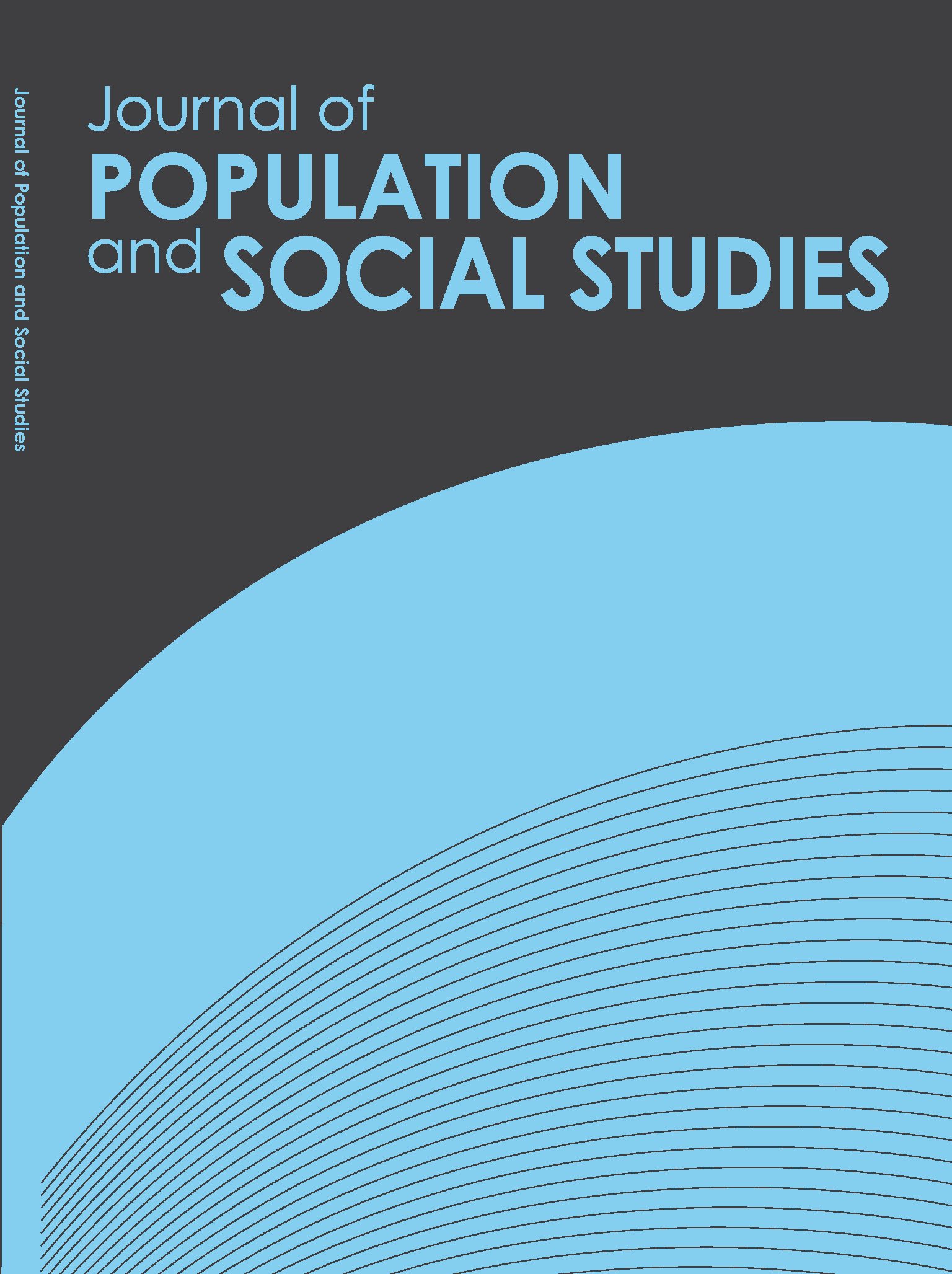Right to Work for Refugees Claiming Asylum: An Examination of Dutch Policies and Practices
Main Article Content
Abstract
Article Details
References
• Bloch, A. & Schluster, L. (2002). Asylum and Welfare: Contemporary Debates. Critical Social Policy, vol. (22), 393-414.
• Cholewinski, R. (Spring 2000). Economic and Social Rights of Refugees and Asylum Seekers in Europe. Georgetown Immigration Law Journal, vol. 14 (3), 709-755.
• European Council on Refugees and Exiles. (2011). Refugees in the EU. Retrieved July 24, 2011 from: http://ecre.org/refugees/refugees/refugees-in-the-eu.html
• Franssen, K. (2007). National report on the Implementation of the Directive on reception Conditions for Asylum seekers in: The Netherlands, Odysseus Network for the European Commission.
• Ghorashi, H. (2005). Agents of Change or Passive Victims: The Impact of Welfare States (the Case of the Netherlands) on Refugees. Journal of Refugee Studies, vol. 18 (2), 181-198.
• Goodwin- Gill, G. S. (2008). Convention relating to the Status of Refugees, Geneva 8 July 1951 and the Protocol relating to the Status of Refugees New York 31 January 1967. United Nations audiovisual library of international law. Retrieved July 24, 2011 from:
• http://untreaty.un.org/cod/avl/ha/prsr/prsr.html
• Human Rights Watch. (2005. November). Ukraine: On the Margins Rights Violations against Migrants and Asylum Seekers at the New Eastern Border of the European Union. Human Rights Watch, vol. 17 (8), (D). Retrieved: http://www.hrw.org/reports/2005/ukraine1105/
• Immigration and Naturalisation Service, Ministry of Security and Justice. (2007, April). The Procedure at the Application Center. (De Procedure in het Aanmeldcentrum). IND Website. Retrieved February 10, 2009 from: http://www.ind.nl/nl/Images/Factsheet_NL_Procedure_tcm5-17831.pdf
• Korac, M. (2003). Integration and How We facilitate it: A Comparative Study of the Settlement Experiences of Refugees in Italy and the Netherlands. Sociology, vol. 37, 51-68.
• Lester, E. (2005, June). Work, the Right to Work, and Durable Solutions: A Study on Sierra Leonean Refugees in the Gambia. International Journal of Refugee Law, vol. 17 (2). 331-93.
• Ministry Of Social Affairs and Employment (2007, October 12). Appendix procedure AmvB employment law (Voorhangprocedure AmvB wet arbeid). Rijksoverheid.
• Nowak, M. (2005). Introduction to the International Human Rights Regime. Brill Academic Publishers: Leiden.
• Office of the United Nations High Commissioner of Human Rights. (2006). The Core International Human Rights Treaties. UN, New York.
• Parliamentary Document (2007, October 12). Draft decision to amend the resolution for enactment of the alien labor law to increase labor possibilities for asylum seekers (Ontwerpbesluit tot wijziging van het besluit uitvoering Wet arbeid vreemdelingen tot vergroting van de arbeidsmogelijkheden van asielzoekers). Rijksoverheid. Retrieved June 20, 2011 from:
• Phillimore, J. & Goodson, L. (2006, September). Problems or Opportunity? Asylum Seekers, Refugees, Employment and Social Exclusion in Deprived Urban Areas. Urban Studies, vol. 43 (10), 1715-1736.
• Schulinck. (2011, April 25). Manual Integration Law (Handboek Wet inburgering). Nieuwsbrief Schulinck. Nieuwsbrief Schulinck.
• UNHCR. (2002). Toolboxes on EU Asylum Matters: Tool Box 2: The Instruments. UNHCR, Geneva, September.
• United Nations General Assembly. (1948, December 10). Universal Declaration of Human Rights, UN, New York, United States of America.
• United Nations High Commissioner for Refugees. (2001). Refugee Protection: a Guide to International Refugee Law. InterParliamentary Union, Geneva.
• United Nations Office on Drugs and Crime. (2010). UNODC Website. Retrieved July 24 from: http://www.unodc.org/unodc/en/data-and-analysis/tocta-2010.html
• United Nations Office of the High Commissioner for Human Rights. (1966, December 16). International Covenant on Civil and Political Rights (ICCPR), UN, New York, United States of America.
• United Nations Office of the High Commissioner for Human Rights. (1966, December 16). International Covenant on Economic, Social & Cultural Rights (ICESCR). UN, New York, United States of America.
• Ugarkovic, B. (2004, Spring). A Comparative Study of Social and Economic Rights of Asylum Seekers a Kingdom. Ga J Int Comp Law, vol. 32 (2), 539-579.
• VluchtelingenWerk Nederland (Dutch Council for Refugees). Refugees in Numbers. VluchtelingenWerk Nederland. Website. Retrieved 22 June 2011 from: http://www.vluchtelingenwerk.nl/vluchtelingen/vluchtelingen-in-getallen.php
• VluchtelingenWerk Nederland. View point on medical care (Standpunt over Medische Zorg). VluchtelingenWerk Nederland. Website. Retrieved July 24, 2011.
• VluchtelingenWerkNederland. (2008, Februari). Introduction- Access target group to job market ( Introductie - Toegang doelgroep tot betaalde arbeidsmarkt). Retrieved September 1, 2009 from:
• VluchtelingenWerkNederland. (2008, December). Introduction- Access to short-term labor (Introductie – Toegang tot kortdurendwerk). Retrieved September 1, 2009 from:
• Zetter, R. (2007). More Labels, Fewer Refugees: Remaking the Refugee Label in an Era of Globalization. Journal of Refugee Studies, vol. 20 (2), 172-192.


